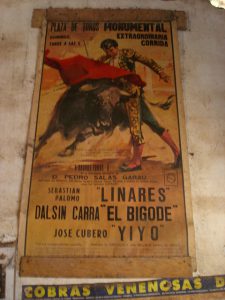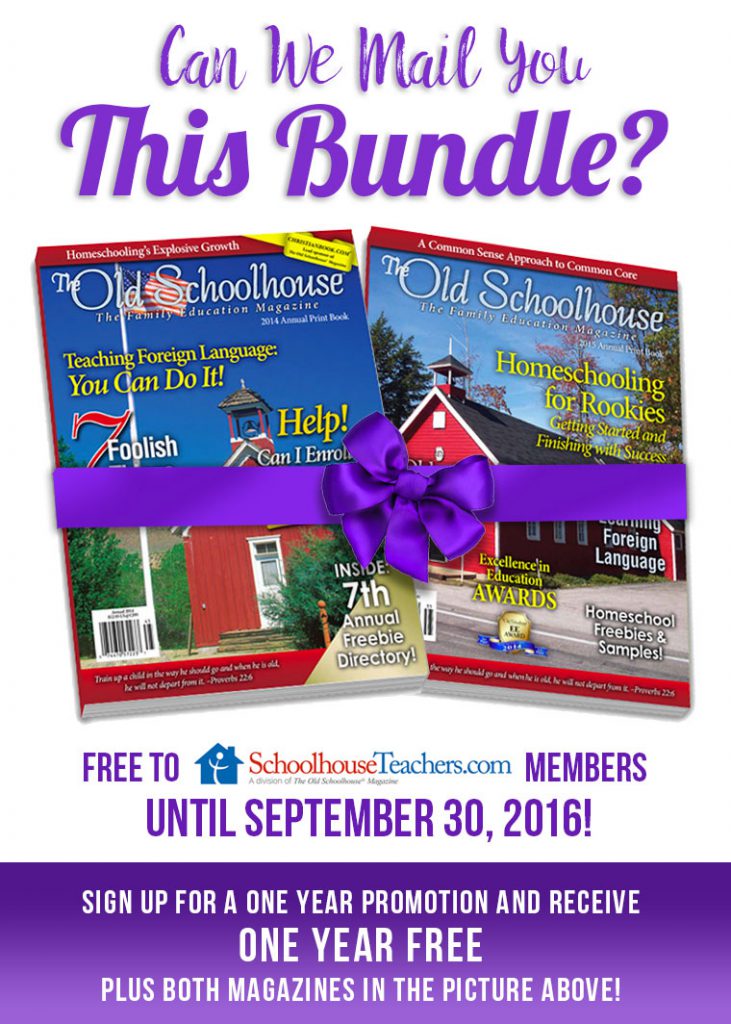Now that the new school year is underway, you or your child might be busy learning a foreign language. If it is Spanish, I want to share some of the tools & methods I use.

Whether your child is in elementary school or preparing to take Spanish for high school credit, learning a foreign language can seem somewhat confusing at times, especially if the teacher is learning alongside the student. It’s not like history or math where you can reread a passage or keep inputting different numbers until you get it right. Yes, practice makes perfect but teaching homeschool Spanish might be “foreign” to many parents.
One of the many hats I wear during the week is “Homeschool Spanish Teacher.” I teach for two high school co-ops in the area and also teach a Young Spanish class for those in the 8-12-year-old age range. With such a broad age range, I need to get creative to keep the students engaged as interaction is the best way to learn a foreign language.
Regarding my Spanish background, I minored in Spanish college (a handful of courses short of earning a Spanish major) and spent a semester abroad in Spain during college. I love the Spanish language. For those that know a little bit about Spanish dialect, I teach Latin American Spanish (i.e. no vosotros form, etc.). As I only have the students for a little bit each week I try to keep class as simple as possible.
Homeschool High School Spanish Curriculum
 I use a variety of resources to teach high school Spanish (& the Young Spanish class too!)…
I use a variety of resources to teach high school Spanish (& the Young Spanish class too!)…
Textbook
I’ll be honest, I cringe using a high school Spanish textbook all by itself. Class can very easily turn into a lecture and the student’s start daydreaming. but I think a student should have a hardcopy of some form so they do not need to “Google” every single question. I personally use the A Beka Por Todo El Mundo book & vocab manual as they can be purchased for a few dollars if you do not wait until the last minute.
But I think a student should have a hardcopy of some form so they do not need to “Google” every single question. I personally use the A Beka Por Todo El Mundo book & vocab manual as they can be purchased for a few dollars if you do not wait until the last minute. It’s more formal than I prefer and I think it overemphasizes vocab at times, but it does a decent job at teaching grammar fundamentals.
If you do not have a Spanish background, the videos are essential for the student if you strictly use the textbook and nothing else.
Testing
Since I have a Spanish background, I make the tests and quizzes myself. Although I do pull sample test questions & answers from the A Beka test manual and the Schoolhouse Teachers Spanish I curriculum.
Additional Resources
I hand out a weekly homework assignment that includes memorizing and copyworking the bible verse that is at the beginning of each chapter.
I also use YouTube. I screen the videos before providing the link as there are some videos with questionable content or language out there, Senor Jordan is pretty good.
I go to the library and check out Spanish books. Admittedly I start with the really basic ones for Spanish I that focus on counting, colors, nursery rhymes as they only know basic phrases such as “My name is…” or counting 1-10 (at the very beginning of the semester).
I also do interactive activities (Pinterest is full of great ideas) such as going to the grocery store when memorizing fruit. I pretend to be the cashier (with my 15-month olds toy food & monopoly money) and use phrases like “Que necesitas?” or “Cuantas manzanas necesitas?” I also make sure to do the activity more than one time. I block off 10-15 minutes per class and focus on different topics. One week we learn the names of fruits and veggies. The next week we practice buying colored fruit (red apples or green apples/ green grapes or black grapes?).
Use Schoolhouse Teachers (they are offering a 2 years for price of 1 through 9/30/16). I lean on Schoolhouse Teachers for several things regarding Spanish. They have a Spanish I curriculum that I use to supplement for certain topics (it’s more basic than a textbook, but hit’s the core principles of grammar, vocab, and practice). They also have Spanish copywork, Spanish Bible Stories, and Spanish audio passages to test listening comprehension. Even the Elementary Spanish course is good. Read our review of Schoolhouse Teachers for more info.
Avoid Unit Learning (Variety is Key)
To a certain extent you need to lump certain vocab topics where you learn them one week and never use them again. I think it’s important to learn vocab, but, it comes with practice and use. I think it’s better to gradually “turn up the heat.” Using the frog in the pot analogy, you start with cold water (don’t know any Spanish) and gradually bring the water to the boil (speaking Spanish). The frog doesn’t know they are getting cooked and the students are gradually building their skills instead of being overwhelmed.
So I try to incorporate cumulative phrases & vocab into future chapters. In the first unit, A Beka teaches you how to say phrases like “Hi, Bye, I feel good, My dad feels…” To not get overwhelmed, I start with the basics (Hi, My name is…, I feel…, Goodbye). In a couple weeks, we memorize (& use) the more complex phrases.
Learning a foreign language is similar to being a two-year old. They start by saying a few words, the advance to complete sentences, followed by paragraphs.

Teaching Elementary Spanish
No Textbook
I don’t use a textbook for elementary Spanish, but I do make a paper handout for each class. I’m sure they exist, but I design my class to be video based (Schoolhouse Teachers or Foreign Languages for Kids) or interactive activities. As the class isn’t for credit (like high school Spanish is to graduate), this is more fun and less accelerated.
Class is an hour long and I break it up into several different sections. I spend the first few minutes reviewing what we have already covered, I will then teach a new topic such as learning numbers 11-15 or the names of different fruits. Then have an activity or game to practice speaking the new lesson. Occasionally I will also read a short story from the library or write my own that is applicable to what we are learning.
I also try to avoid units (the body one week, colors the next, and never to use it again), so I try to build on what has already been taught.
What I Want To Start Using
Another teaching resource I want to start using is TPR (Total Physical Response). I have tried some basic movements with both classes and the elementary class is more receptive. You remember being a teenager, right?
I have recently purchased a program and want to start using it. Basically anytime you say the phrase for “What Time Is It? (Que hora es?)” you look and point to your watch. Anytime you say “I’m going (Me voy)” you march in place. Essentially TPR is learning through motion. It’s the complete opposite of a traditional lecture.
The theory behind TPR, is that if you cannot interact and speak with others, TPR is an interactive way of remember phrases that will jog your memory when you encounter real-life situations.

Great to learn about it. I am so interested to join such a school. is it possible to join remotely?
Sorry, I don’t have that personal capability.